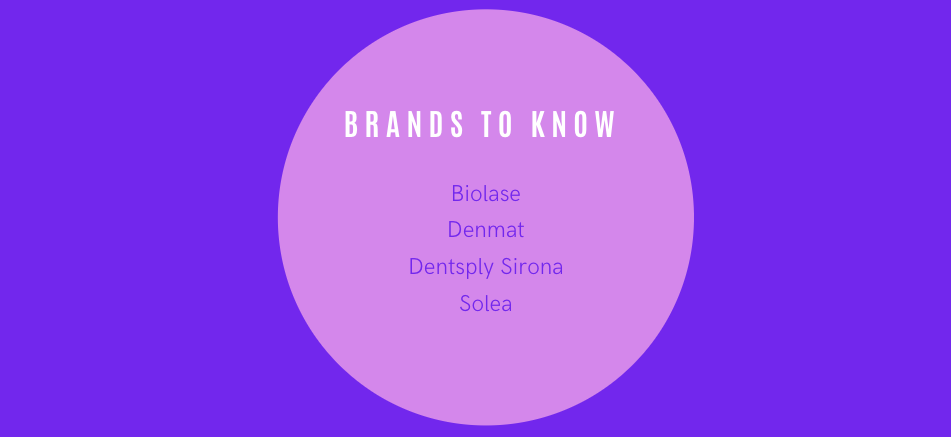Lasers
For this week’s On The Cusp, we’ll be exploring lasers and their use in Dentistry! Read along with us as we share what we have learned about lasers and how it can be a great tool in dental practice. Then, get ready for our guest speaker, Dr. Praveen R. Arany, who will discuss every type of laser you have wanted to know about!
How it works
Dental lasers are traditionally a hand-held instrument attached to a laser source. These lasers often include a visible light that serves as a guiding beam for the clinician. Absorption of a laser into the tissue is the main determinant in predicting the desired tissue effect and is a function of tissue composition, pigmentation and water content as well as the laser’s wavelength.
Here is an example of lasers used for soft tissue modifications.
If you would like to check out a Hard Tissue Laser in action, see the video below!
“True” lasers such as CO2 and erbium lasers work optically (photon based), without even coming in direct contact with the tissue, while diode lasers have a hot glass tip that comes in direct contact with the tissue.
Most dental lasers contain the following components:
1 - active medium: Gas, solid, or liquid that emit photons when stimulated
2- energy source: An external energy source that provides the right energy to excite an atom of the active medium, allowing the emission of photons
3 - laser/optical cavity: a device that allows the production of photons and contains the active medium and optical resonator
Photobiomodulation and lasers
Tissue inflammation occurs, in part, when physiologically stressed tissue produces mitochondrial nitric oxide (MTNO). Infrared lasers work to decrease inflammation by photo-dissociating MTNO to O2, thereby increasing ATP in the tissue. With that, we see a direct link to increased repair, regeneration and pain relief.
E. Voorand ~ S. Roberge ~ R. Brunswick ~ DDS 2024s
Sources Consulted
https://goldengatedental.com/the-history-of-laser-dentistry/
https://www.ncbi.nlm.nih.gov/pmc/articles/PMC3700144/
https://www.aegisdentalnetwork.com/cced/2015/10/The-Future-of-Laser-Dentistry
https://www.youtube.com/watch?v=rxU5dYO9im0
https://www.dimedlaser.com/dentistry
https://www.biolase.com/products/
https://dimensionsofdentalhygiene.com/article/laser-therapy-basics/















